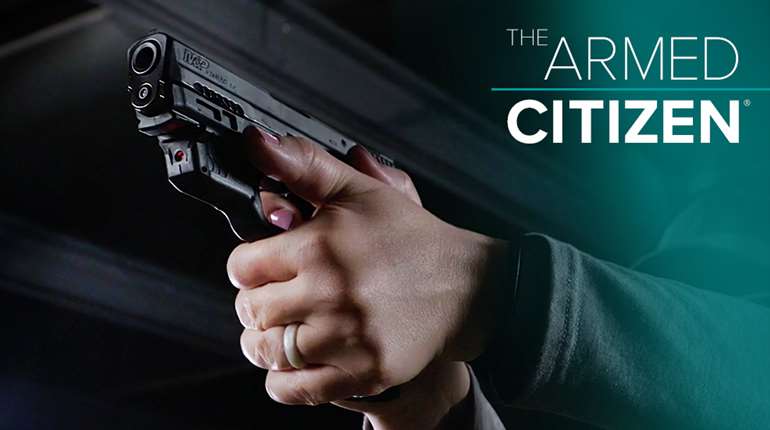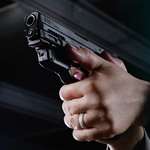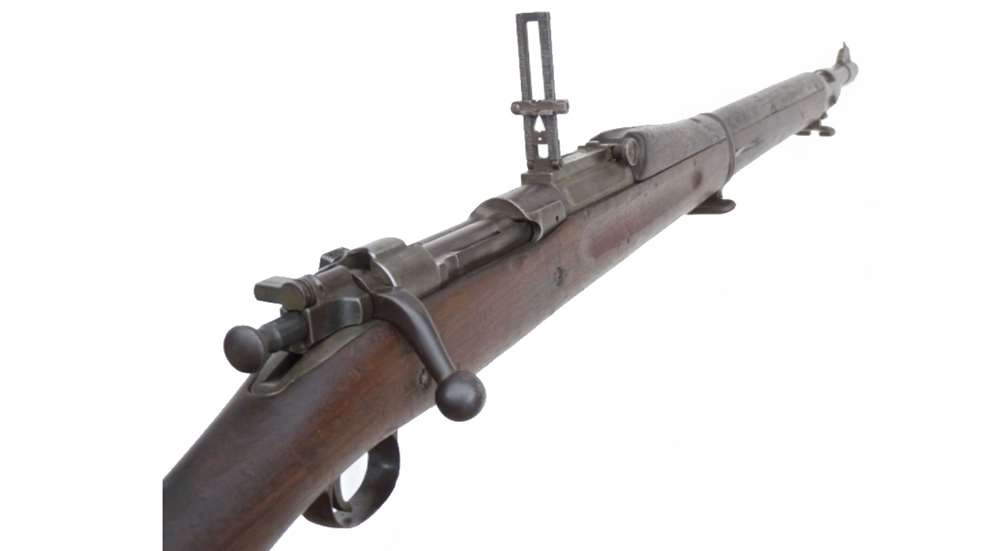
The end of World War II had an unexpected benefit to hunters in the United States and Europe. Millions of surplus firearms flooded the firearm market. These firearms provided sportsmen and women with some of the best rifles for hunting. To make these newly acquired and affordable firearms first-class hunting rifles, they were “sporterized.”
Up until the 1990s, credit was not as easy to get by consumers as it is today. The average hunter could not afford a new Winchester or Remington rifle. It was these surplus rifles that filled the void. Some of these rifles could be purchased for as little as $10 or $15. With a little wood-working and replacing the military sights with sporting sights, the average hunter had a rifle that was just as good—or even better in some cases—as the high-dollar name-brand guns. It is still relatively easy to find ammunition for these firearms.
Military firearms, up until the 1950s, had barrels that were completely surrounded by wood. The wood stocks would extend to almost the muzzle of the barrel. If you are not familiar with these old firearms, you might think that the barrel of the gun passed through a solid block of wood that had a hole drilled through the middle. In reality, the fore-end was a two-piece stock held together by “barrel bands.” The bottom piece extended to close to the end of the barrel at the muzzle. This was done to protect to and strengthen the barrel from the rough conditions on the battlefield. The top piece was to serve as a handguard. The continuous and rapid fire laid down by soldiers would make the barrel extremely hot. This top handguard was used to protect the soldier from first, second and sometimes third-degree burns.
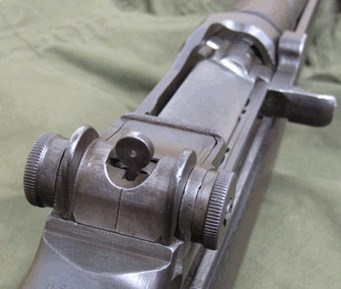
The sighting system was another unique feature of these older military firearms. There were basically three different types of rear sights on the older military rifles. The U.S. rifles usually had an L-shape peep sight; the European firearms had sighting range ramps; and Asian guns had “ladder” style rear sights. Though these rear sights were very accurate and, in some cases, accurate past 500 yards, these sights were not favored by hunters.
After these firearms were sold as surplus, hunters gobbled them up. They soon discovered that these firearms were excellent large game rifles. The calibers that were developed by the world’s great military powers were designed to stop enemy combatants. These calibers were more than adequate to stop large game animals.
Many of these rifles were sporterized. Usually, the top handguard was removed first since hunters did not have to worry about burning their hands because they did not shoot many rounds when hunting. Next, the fore-end was cut down, exposing the rifle barrel. Only enough fore-end was left to help support the firearm when shooting the rifle. This was done to decrease the weight of the firearm. Lastly, the military sights were replaced with sporting sights, or a scope was mounted to the top of the receiver.
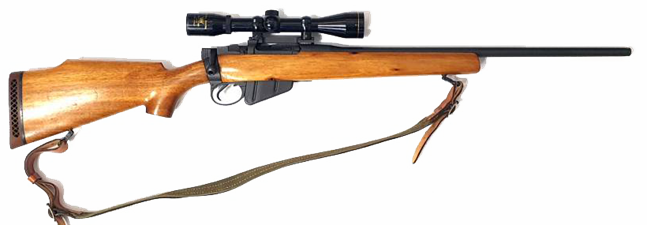
The three most popular military rifles that were sporterized were the British Lee-Enfield, the M1903 Springfield and the Mauser K98 rifle. The Lee-Enfield was a bolt-action rifle that was developed by the Royal Small Arms Factory and used by the British Empire and the Commonwealth from 1895 to 1957. This rifle was chambered for the popular British .303 cartridge. This rifle is effective and it is still used by combatants around the world.
The British .303 cartridge was also referred to a 7.7X56 mm rimmed cartridge. The cartridge had a 174-gr. bullet that had a muzzle velocity of 2,440 feet per second. This projectile had an impressive 2,667 ft. lbs. of energy. This is more than adequate for any medium to large size game animal.

The M1903 Springfield was a bolt-action rifle that was developed by Springfield Armory and used by the United States military from 1903 to 1936. The rifle was so well made and accurate that it was used by American snipers up until 1975! The rifle was chambered for the very popular .30-06 cartridge. The .30-06 cartridge is still one of the most popular rounds for large game hunting. This round is so popular among hunters that just about every firearm manufacturer that makes hunting rifles offer their firearms chambered for this caliber.
The .30-06 Springfield cartridge fired a 150-gr. bullet at 2,700 f.p.s. This projectile had greater than 2,800 ft.-lbs. of energy at the muzzle. The popularity of the .30-06 Springfield among hunters is a testimony of its reputation as a hunting cartridge.
The Mauser K98 was a bolt-action rifle that was developed by the Mauser Company and used by the German Military from 1935-1945. These firearms were used by many countries around the world, especially in Europe and South America. The rifle was chambered for the 8mm Mauser, also referred to as the 7.92X57 Mauser. This cartridge was a very popular military cartridge that was just as effective in the hunting of large game animals.

The 8mm Mauser cartridge fired a heavy-hitting 198-gr. bullet at 2,600 f.p.s. It had a thumping 3,000 ft.-lbs. of energy at the muzzle. The Mauser K98, with its 8mm Mauser round, is considered one of the most underrated big game cartridges ever made. Many hunters have taken the “Big Five” in Africa with this cartridge.
These were not the only surplus military rifles to be converted into sporting arms. Surprisingly, the Japanese Type 99 rifle never became popular among hunters. The Type 99 was chambered for the 7.7X58 mm Japanese Cartridge and the rifle had one of the strongest actions ever made.
Many military firearms collectors cringe when they see an old firearm that has been sporterized, but there is just something special about shooting a powerful rifle that was used in World War I, World War II, or both! I have shot many of these old military rifles that have been sporterized. The most impressive one I have ever seen was owned by a native Texan, now living in Wyoming. He had a US .30-40 Krag made in the late 1890s on which the receiver, barrel, and other metal parts were a shiny nickel with modern sights. Love it or hate it, this is one of those rifles that you will never forget!
















